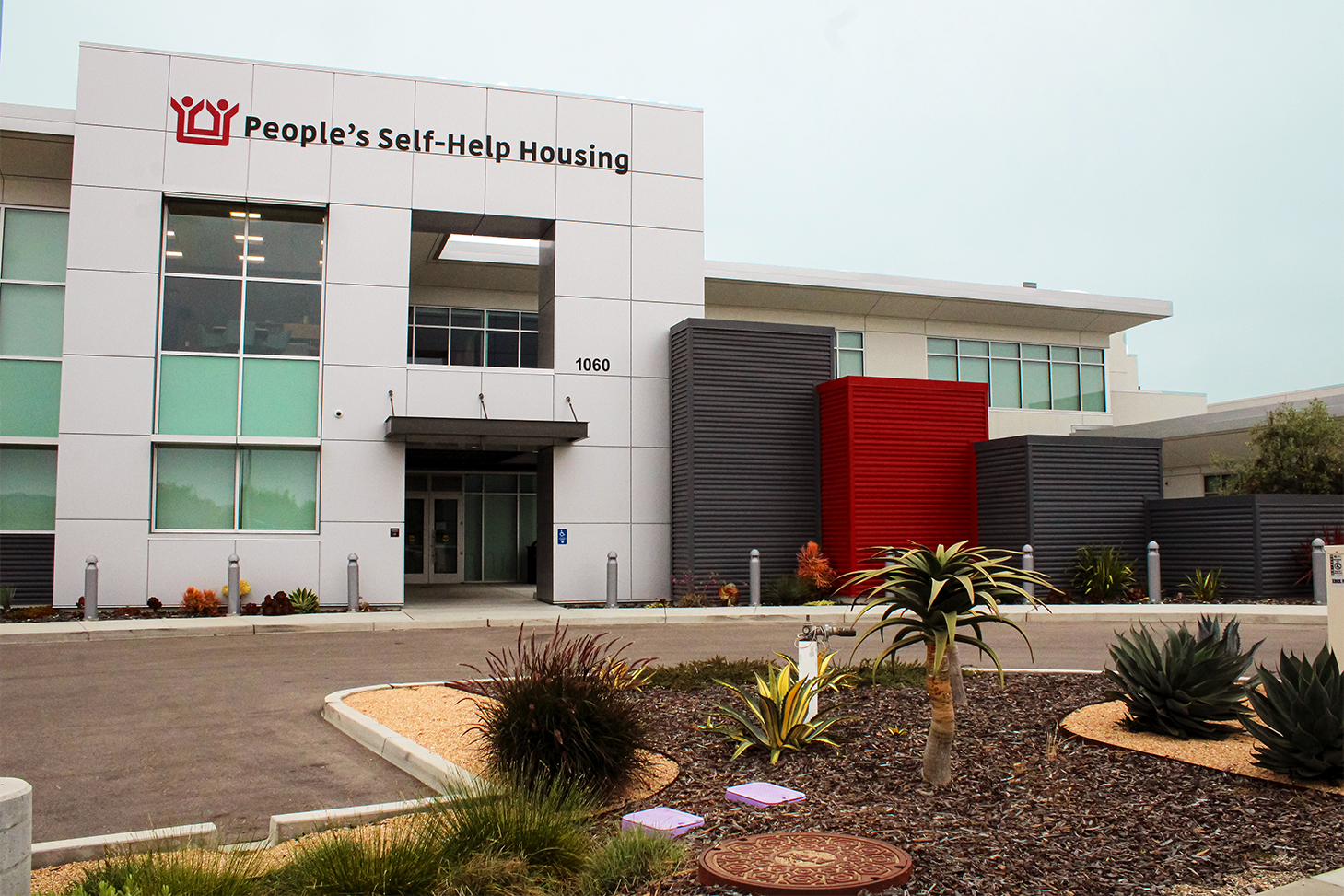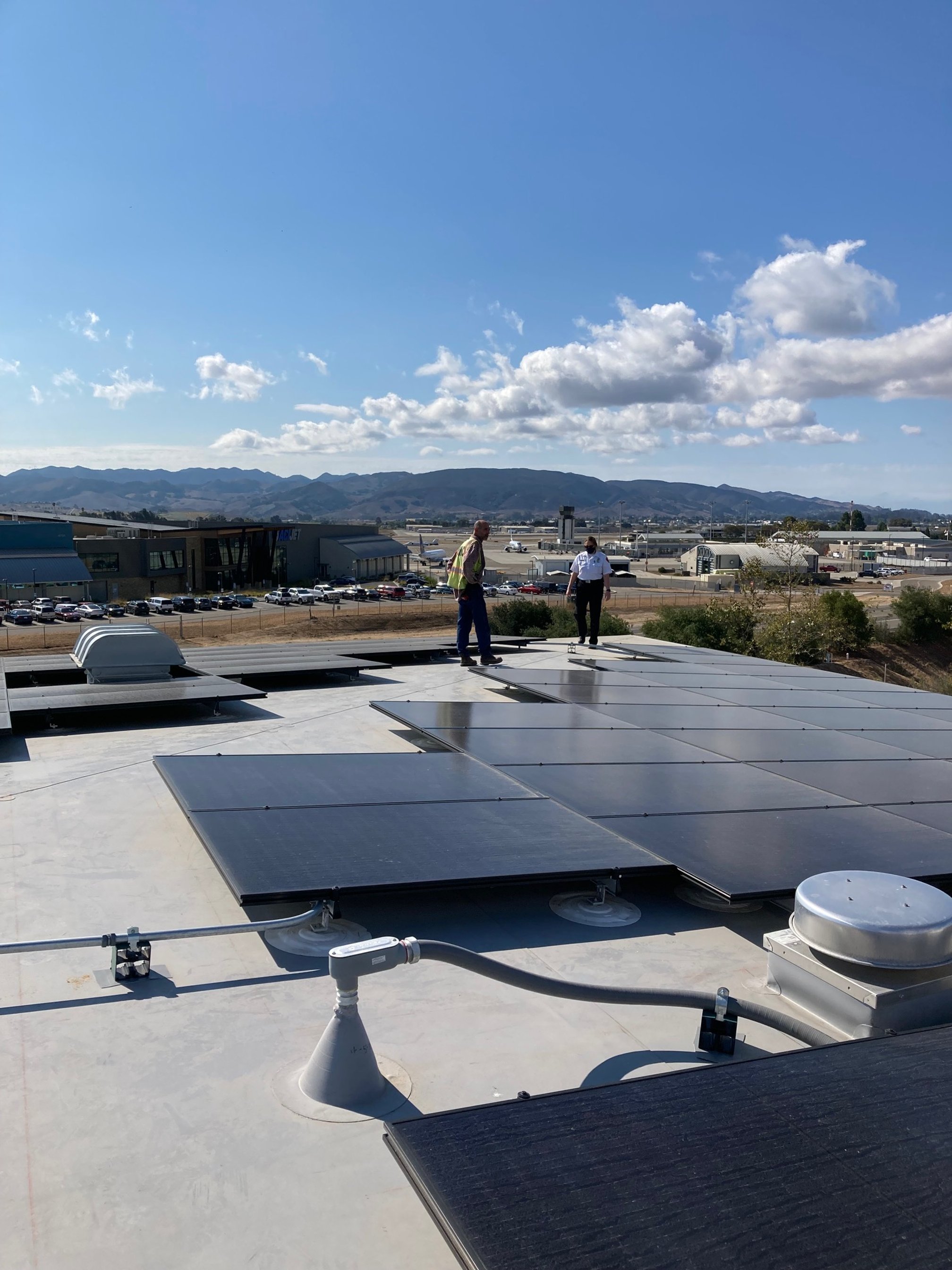With the growing focus on carbon emissions associated with the built environment, the concrete industry represents an important sector for lowering embodied carbon, and therefore total carbon emissions from a project. The process of manufacturing concrete, especially its main component cement, is responsible for approximately 40% of carbon emissions from buildings. By looking at your concrete specifications and working with your engineer to make some informed choices about quantities and components, concrete’s impact can be significantly reduced.
The ingredients list, material characteristics, and testing standards for concrete in a construction project can make it feel overwhelming to start to sift through. To help designers and engineers start to adjust their mixes, the National Ready Mix Concrete Association (NRMCA) recently published its “Guide to Improving Specification for Ready Mix Concrete”. In it, you can read through a sample Cast-in-Place concrete spec and learn what the different sections mean and the role each plays in the embodied carbon of a concrete mix.
One of NRMCA recommendations involves “removing minimum cement requirements.” As a refresher, in a concrete mix, cement is the ingredient that when mixed with water, binds aggregates and hardens it all into a rocklike mass. Producing cement requires heating minerals to very high temperatures and then grinding them into a powder. This heating process is what is responsible for the high energy use. Max Pina, Plant Manager for Cemex in Santa Barbara, shares with us that traditionally, specs may place minimum requirements for cement quantity in a mix, since more cement means the required strength is met sooner. But the NRMCA found that designers may be over-specifying the amount. Instead of relying on a standard spec, they recommend revisiting it and working with your structural and civil engineers to determine what is the sufficient amount based on the specific project needs.
A second recommendation calls for “utilizing blended cement mixes”. Generally, cement mixes are classified by their ingredients and applications, with higher grades used in dams and roadways. Type I is the usual Portland Cement Mix, with its high embodied carbon footprint. But Pina shared with us that in the last year, he has seen the use of limestone in blended cement mixes becoming more popular in situations where the overall cement content cannot be greatly reduced but teams still want to see a reduction in embodied carbon. This Portland-Limestone Cement (PLC), or Type IL mix, is manufactured similarly to Portland Cement, but by adding limestone after the heating stage rather than before, the total energy used and emissions released in manufacturing concrete can be reduced. Additionally, the material can also be extracted locally to the concrete plant, further helping with transportation emissions.
There are other types of blended cements such as Portland-Pozzolan (Type IP) and Portland-Blast Furnace Slag (Type IS) that incorporate the manufacturing waste from coal power plants or other combustion sources. But Pina cautioned that on the Central Coast, the availability of these other blends is often seasonal. For example, the Pozzolan or Fly Ash additive is often sourced from coal-powered “peaker” energy plants. With energy demand changing through the seasons and their use decreasing as our grid transitions to renewable energy, these supply chains may not be as reliable as limestone.
These are just two of the many ways you can start to make incremental changes to the way you use concrete mixes in your project. With concrete being one of the most widely used materials, even small changes can make a big impact on our road to lowering carbon emissions. If you are interested in your project reducing its carbon emissions, reach out to In Balance today!












